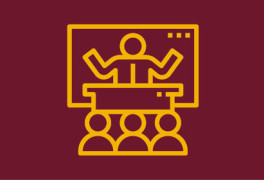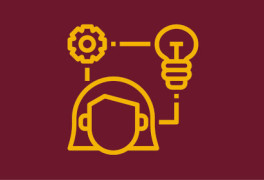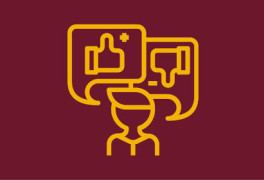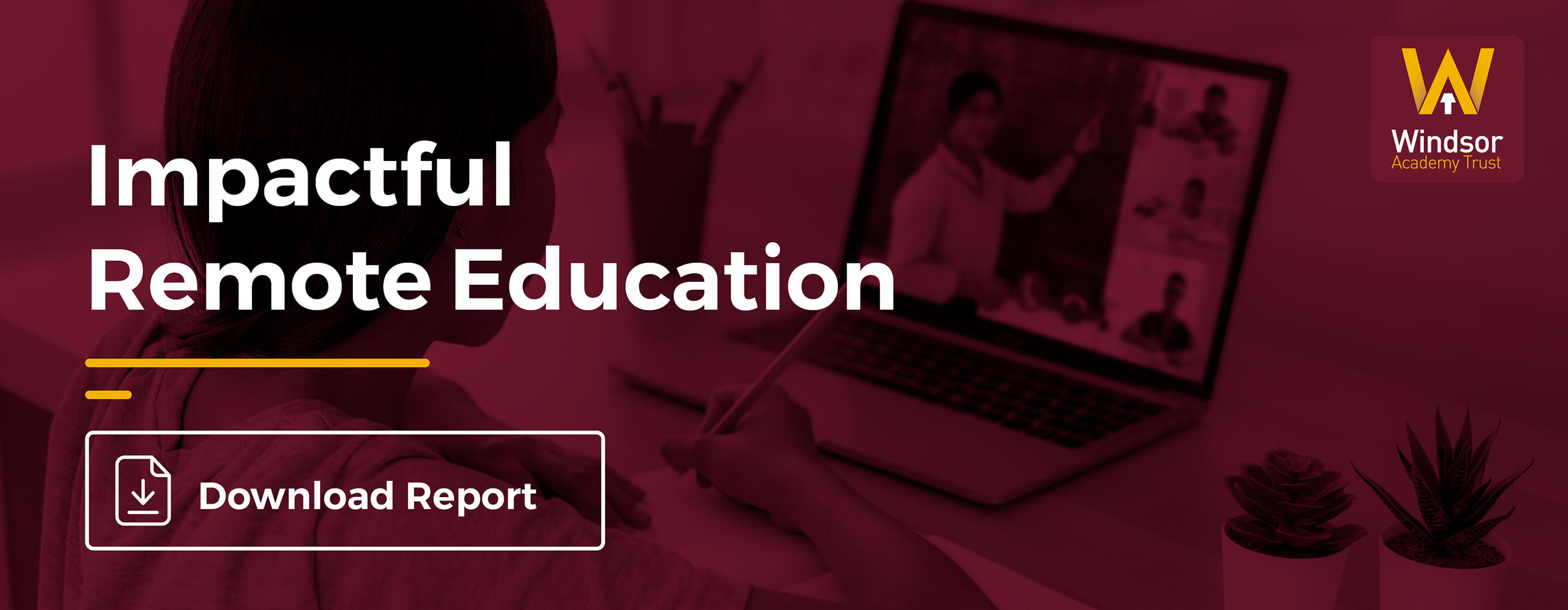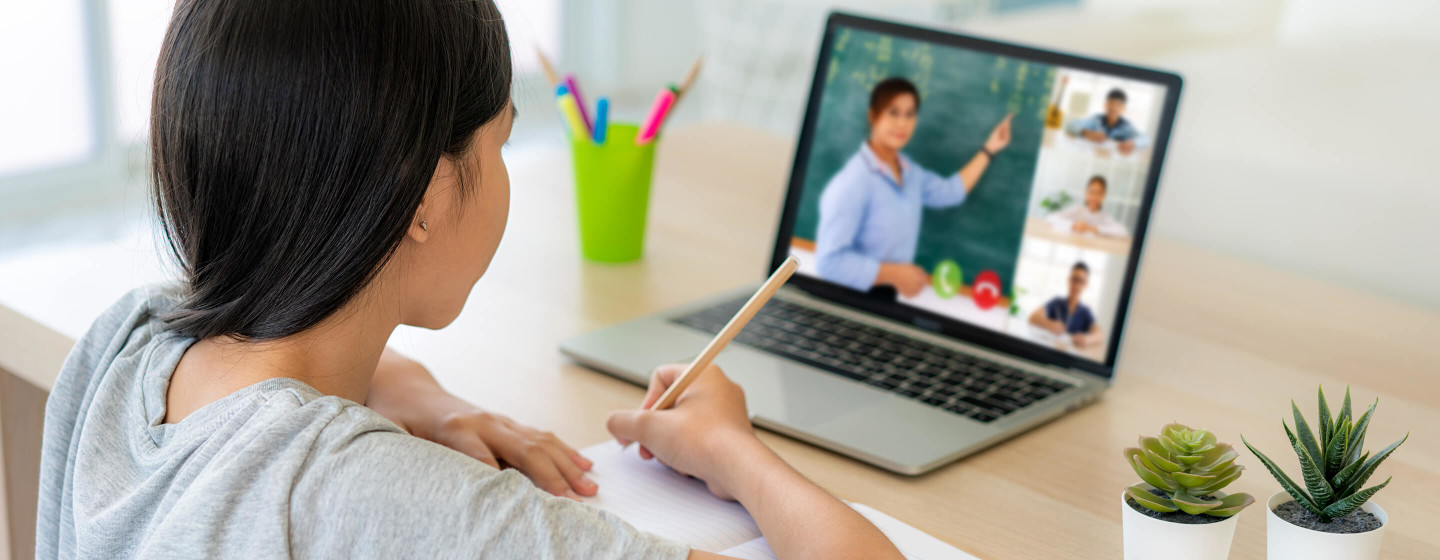
6 Guiding Principles for Impactful Remote Education
14th January 2021 – Tags: Remote Learning, Teaching and Learning
By Sonya Lanckham, Strategic Leader - Teaching and Learning, Windsor Academy Trust
“Our brains don’t learn differently using remote education, so everything we know about cognitive science and learning still applies. We don’t have to make huge changes to the way we teach.” Mujis (2021)
With the nationwide return to remote education for most of our students, we would like to share our guiding principles, which draw on the research and the best practice that we have seen in our Windsor Academy Trust (WAT) family since April 2020, to provide clarity and consistency with our approach.
1. Aligned to the classroom
Our Remote Education Curriculum is aligned to the classroom as much as possible.
Everything we know about what a quality curriculum looks like still applies to remote education. Therefore, our remote education curriculum needs to be aligned to the classroom curriculum as much as possible. And, just like the classroom curriculum, it needs to be carefully sequenced to ensure that pupils obtain the building blocks they need to move on to the next step.
- Continue to build rigour and challenge into your planning.
- Beware of offering too much new subject matter at once.
- Consider the most important knowledge or concepts pupils need to know. Focus on those.
- Continue to plan for your think-hard questions/tier 3 vocabulary and common misconceptions.
2. Connect and engage
Connect and engage to have a prompt and purposeful start.
It is important to have a focused start - get students participating early!
- Have a consistent opening sequence as procedures and routines are even more important online. Keep things simple.
- Share the WAT welcome screen which encourages students to self-regulate and ASPIRE right from the start by being organised and ready.
- Learners start immediately, for example with a low stakes quiz that promotes retrieval (Google quiz/online platform that self-marks).
- Share the big picture of what we are learning and why it is important. Where does this lesson sit with a sequence of lessons? What will success look like?
- Encourage students to ASPIRE by using their knowledge organiser when they are stuck and/or need to improve a response.
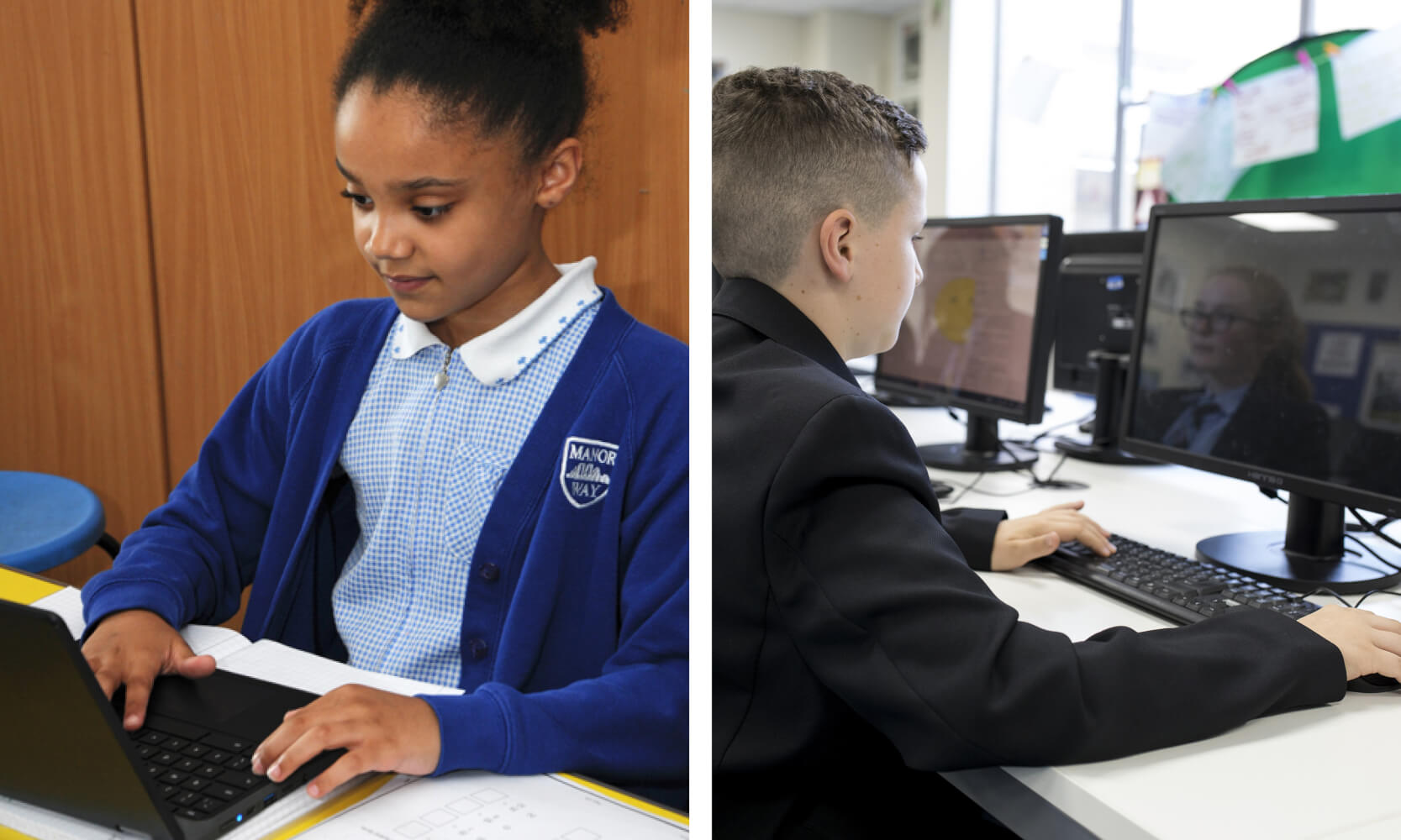
3. Explanation and modelling
High quality explanation and modelling.
Like the classroom, most students will be novices and so the clarity and simplicity of the way we explain and model is crucial. All students can produce excellent work once they know what it looks like and are given the appropriate tools and support to make it happen.
- Pre-plan your explanations to be as simple as possible - economy of language.
- Tailor your explanation to students’ existing knowledge and skill.
- Use clear and simple graphics that highlight the key concepts and features to support your explanation.
- Build in a learning check. Have they understood what you have just explained to them? (the chat button - ask students to enter their response into the chat button and press “send” at the same time/use a hinge question using the poll function...).
- Be explicit by showing students what excellence looks like (WAGOLLs, live modelling, I, We, You….).
- Avoid this part of the lesson being too lengthy, as students may well switch off. Get the students used to being cold called. If they are not confident to unmute, then invite them to submit their answer using the chat button.
4. Scaffolded practice
Doug Lemov argues that perfect practice makes permanent. Students need large amounts of practice to develop mastery. Carefully guided practice, where the teacher works alongside students, provides a scaffold through sufficient rehearsal time before independent practice.
- Provide opportunities to counter misconceptions - pause to show student work and analyse together during the guided practise phase.
- Monitor Google docs as students write - give in-the-moment feedback.
- Plan opportunities for students to practise.
- Hold students to account for producing high quality work.
- Ask students to re-draft work which is clearly below what you know they can do.
5. ASPIRE
Motivate students to ASPIRE, engage and participate.
One of the key findings from the EEF’s Rapid Assessment Report is that peer interactions can provide motivation and improve learning outcomes. It can be more challenging to engage and motivate pupils remotely than when they are in the classroom. There are more distractions, and as a teacher, you’re not physically present to manage the situation.
- Create a warm atmosphere where students know that you care and want them to succeed.
- Support and train learners to ASPIRE.
- Catch the learners being great and reward them using Class Charts or ClassDojo for example.
- Share and celebrate great examples of students’ work.
- Create a culture of error where students know that mistakes are powerful learning opportunities. “Can we have a brave learner who would be willing to share their mistake in the chat button so that we can all learn from it?” for example.
- Train and encourage learners to use the interactivity tools on Google Classroom: the “hands up icon” to ask a question; the “chat button” to ask a question, submit a response or to answer a question that has been posed by another student; and the “breakout rooms” for KS5 students.
- If a teaching assistant is present in a live lesson, encourage them to respond to questions, particularly for key students.
- Stay in regular contact with students via Google Classroom for example.
- Be mindful of online attention fatigue, make learning more game-like.
- Plug in a story, a picture, or a little humor to liven up your lesson. Expecting the unexpected keeps students engaged and appreciative of their teacher's efforts.
- Use Jamboard live to promote collaborative planning for practice.
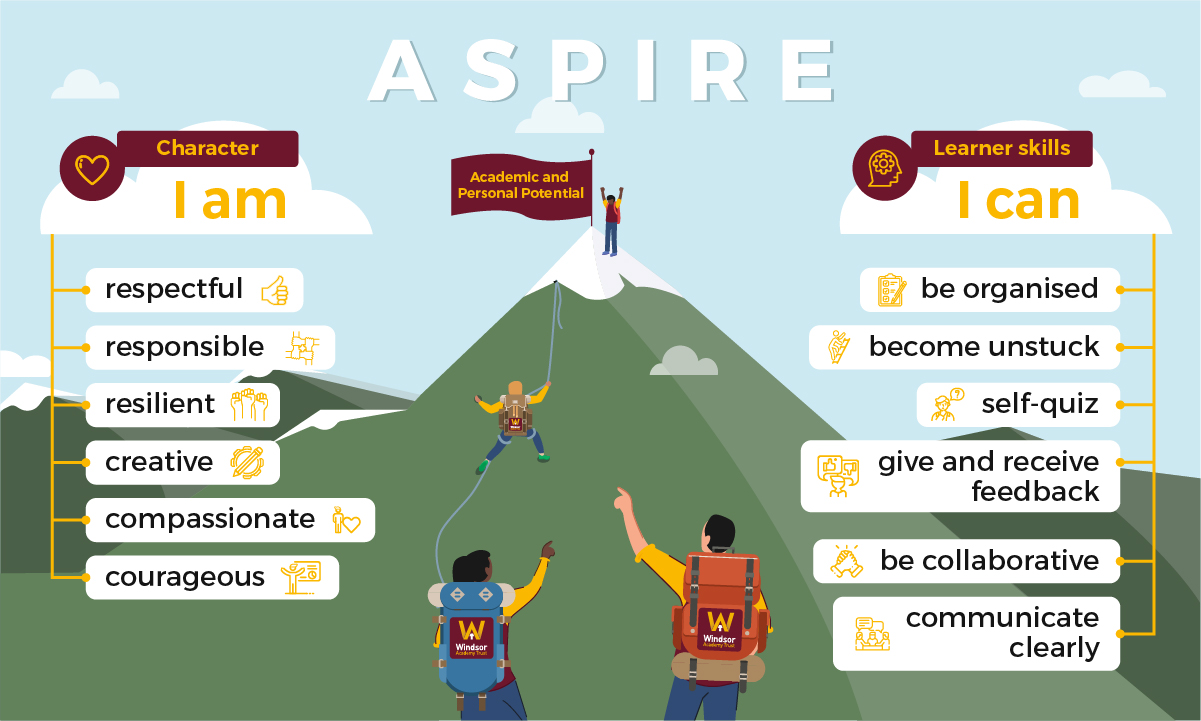
6. Feedback and assessment
Feedback, retrieval practice and assessment are more crucial than ever.
Effective teaching depends on making sure the curriculum, pedagogy and assessment are pulling in the right direction. Feedback and assessment are still as important as in the classroom. As per the DfE’s guidance, we are expected to:
- enable pupils to receive timely and frequent feedback on how to progress, using digitally-facilitated or whole-class feedback where appropriate
- use assessment to ensure teaching is responsive to students’ needs and addresses any critical gaps in knowledge.
It can be harder to deliver immediate feedback to pupils remotely than in the classroom, but WAT teaching staff have found some innovative ways to do this:
- Build in regular learning checks just as you would in the classroom (Google Forms, exit passes, answers submitted using the chat button..) and respond accordingly.
- Implicit assessment loops. Ensure that students know that you are expecting them to improve their work. When you share the answers – tell them to mark their work/improve their answers using a different coloured pen where possible. Keep normal classroom practice. (Yes, all students won’t do this, but many will!).
- Real time assessment and feedback. When ready, set students an extended task on a Google Doc for example where you can see what they are doing and give them feedback which they are expected to respond to immediately.
- Be efficient. Don’t mistake industry for impact. Not everything has to be assessed and not everything that is assessed has to be assessed by a teacher; many online quizzes can be self-marked. Plan feedback for the thing that matters most.
- Use digitally-facilitated or whole-class feedback where appropriate.
Further reading
- What's working well in remote education Daniel Mujis Ofsted Head of Research
- Tips for effective teaching if you have to teach at a distance Paul Kirschner author of Lessons Learned
- Learning in the time of coronavirus. Planning Distance Schooling An article by Harry Fletcher-Wood
- Remote learning: lessons learned The Oak Academy
- Remote learning: How to apply Rosenshine's principles An article by Mark Enser
- Seven Research Informed Pedagogies for Remote Learning Sandringham EdTech Demonstrator School
References
- Confederation of School Trusts Remote Education - Expectations, Evidence and Experience
- EEF. 2020 Remote Learning: rapid evidence assessment
- Mujis, D. 2021 What’s working well in remote education
- Lemov, D 2020 Teaching in the online classroom
- WAT High Challenge for All Scaffold
- Classteaching
Receive Updates by Email
Sign up below to receive our latest articles, research papers and reports directly to your inbox.

